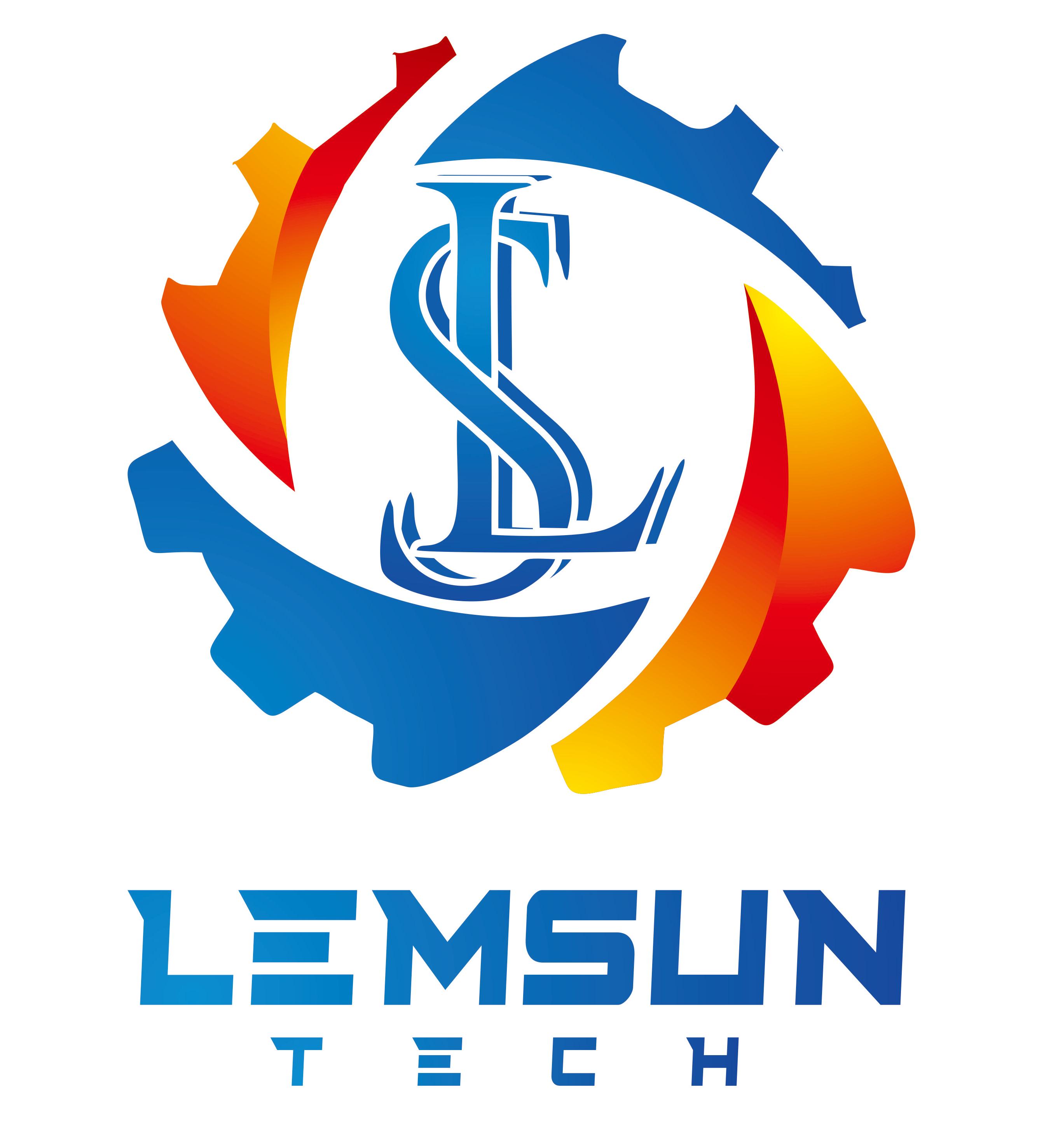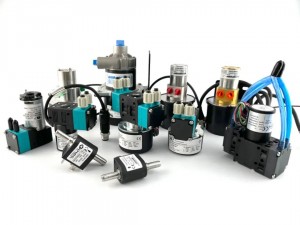The popularization of inkjet technology has been around for four to five years, but there has been no significant progress in overall technology in the past two years. Machine manufacturing and ink production technology are now in a stage of maturity and stability. However, to this day, doubts about inkjet continue to arise, leading to occasional conflicts in equipment procurement, ink selection, and daily production. Cases of causing unpleasantness due to this are not uncommon. The printhead and ink are the most critical factors that determine the printing effect and continuous normal use of a machine. This article summarizes and analyzes common doubts about these two key points, for reference by professionals in the industry:
Digital printing entered the ceramic industry fifteen years ago, and the selection of printhead has always been the most important thing, undergoing continuous improvement and competition. The outcome of competition (market share) is not a single factor, but mainly determined by various factors such as printing effect, practicality, convenience of use, failure rate, loss rate, ink adaptability, price, etc. In the past five years, it has been the fastest popularization of inkjet worldwide. Especially in China, it seems that more than 2000 units were suddenly airborne, accounting for nearly half of the global market share.
At present, ceramic printhead in use include Sail, Polaris, Starfire, Seiko, Konik, and so on. In terms of market share, both domestically and internationally, Sail has a market share of over 70%. I think the main reason is that if we rate based on the multiple determining factors mentioned above, Sail will be at the top of the list. For example, due to its unique eight level grayscale technology, its comprehensive rendering effect is the best, especially in today’s popular high-definition style. The most popular colors such as marble, jade, and wood grain are all expressed through high-definition and high simulation. Like its unique bottom loop (TF) technology, the adaptability of the printhead to ink has greatly exceeded our original expectations. A few years ago, when we started using it, we were worried that if there was a power outage for a few hours, it would clog the printhead. In practical applications, it is common for our machines to shut down for one or two days, and there are also many cases of multiple days of shutdown. But as long as the ink is of normal quality, it will not cause mass casualties of the printhead! Therefore, taking our company as an example, the earliest printhead used has been nearly three years and there has not been a large-scale replacement yet. So, we estimate that the lifespan of most printhead can reach or even exceed five years! This is much longer than our previous estimate of one or two years! That is to say, the cost of using inkjet is still further decreasing.
However, even high occupancy and user-friendly printhead like Sail have their limitations. For example, a certain model of printhead cannot meet the requirements of ceramic production with a very wide amount of printing ink! The ceramic artwork is really complicated. The ink printing capacity of the light colored channels combined is only 2-3 grams per square meter, while the dark colored channels alone reach 30-40 grams per square meter, with a span of 10-20 times. Everyone knows that the aperture of the printhead currently in use is fixed. At the same production line speed (spraying time), there are currently no printhead with such a large range of inkjet volume! Therefore, for Sail Company, even with its unique multi-level variable ink drop technology, it still cannot fully meet the requirements of all ceramic designs for printhead. So, it has always been used in combination with multiple inkjet printhead to solve this problem. The current ones are GS6 (ink volume from 6-42PL) and GS12 (ink volume from 12-84PL). In May, the GS40, which will soon be released at the Guangzhou exhibition, will further increase its inkjet volume to 40-160PL (5-level grayscale). In this way, if a printer is equipped with 2-3 types of printhead, its selectable ink droplet sizes range from 6PL to 160PL, which is nearly 30 times larger. This will greatly improve the printing range of the machine for drawings, especially for particularly dark patterns, such as popular European style antique bricks, cement bricks, etc. in recent years. Of course, this also requires machine manufacturers and ink suppliers to conduct in-depth research on how to combine these models of printhead in order to maximize the machine’s mapping suitability. Because ink coloring is not omnipotent, it is necessary to make the most suitable arrangement (color and sorting selection) based on the style of most products from customers. Meanwhile, a necessary condition for this is the need for the machine to have more printing channels, such as 6 to 8 colors, instead of the current 4 to 5 colors of most machines. It can be expected that through such a combination, the printing ability of ceramic inkjet machines will leap to a new level!
If you want to consult our products, welcome to ask price, sent email to us: lemsun002@126.com.
Post time: Jun-03-2024


